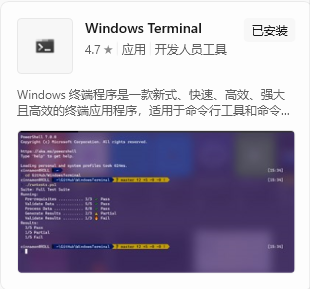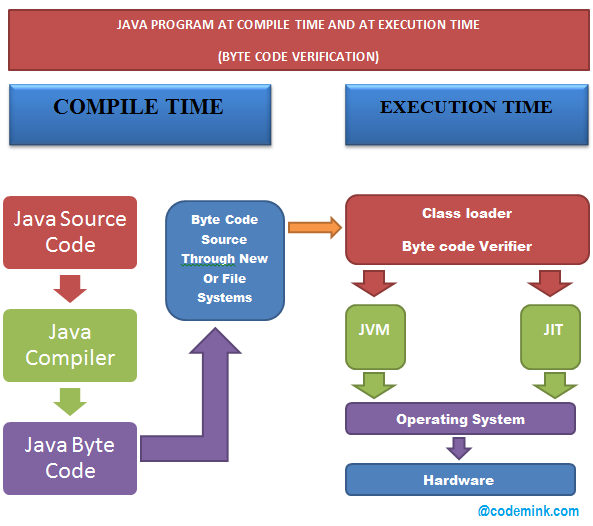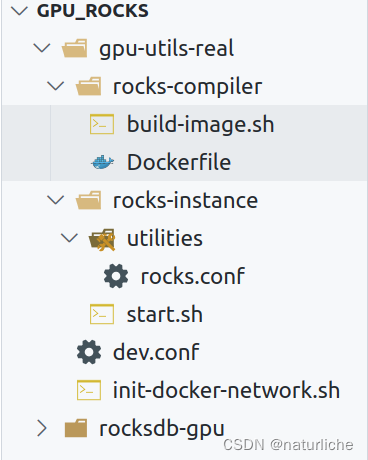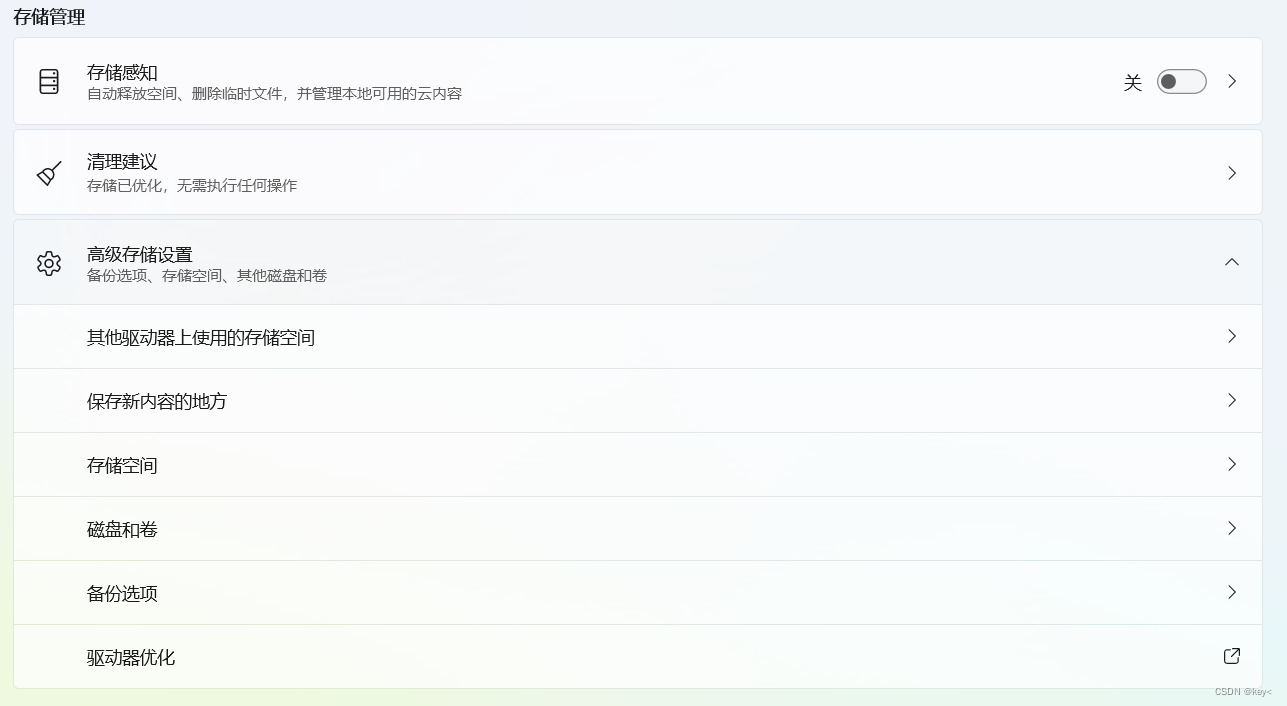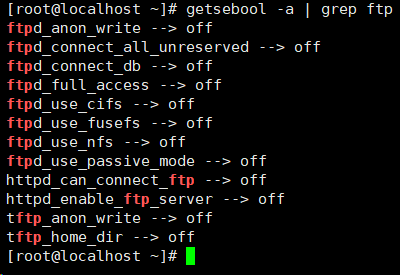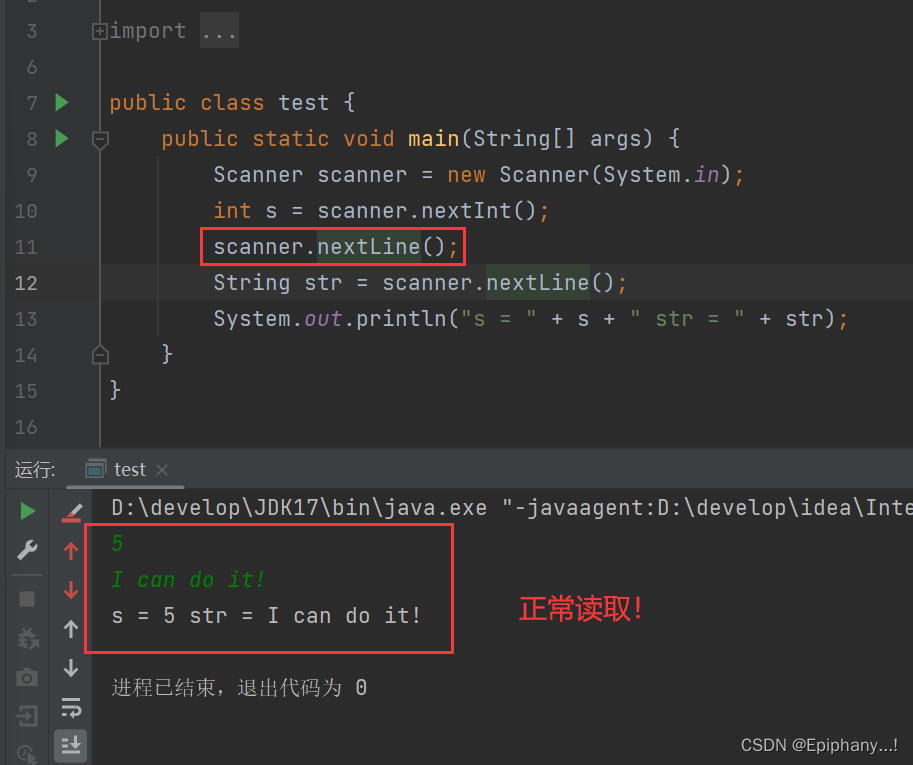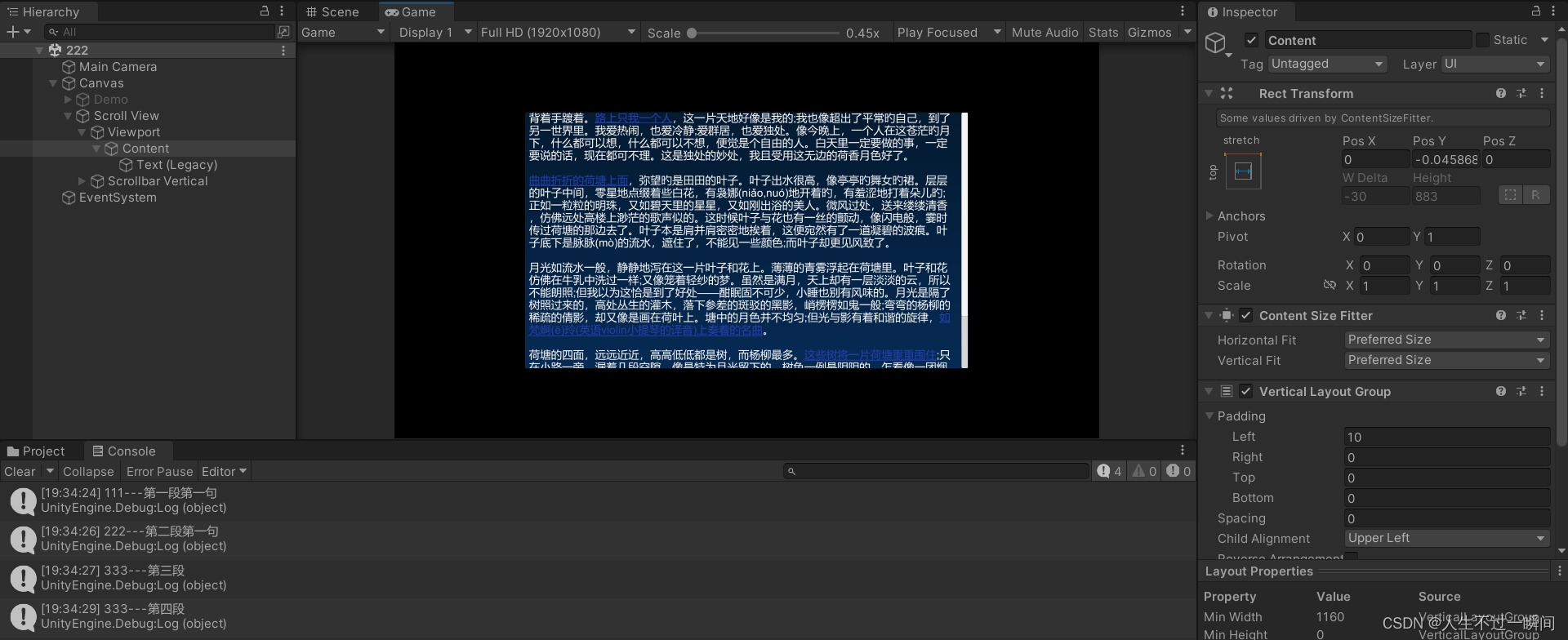摘 要
随着电子技术的高度发展 ,直流电机测控逐步从模拟化向数字化转变。完全由硬件电路实现的直流电机测控系统 ,电路复杂 ,调整困难且可靠性不高 ,缺乏控制的灵活性。在工业控制中 ,按偏差的比例P、积分I和微分D进行控制的PID调节器现在得到广泛的应用。在小型微型 计算机用于生产过程以前 ,连续过程系统中采用的气动、液动和电动的 PID 调节器几乎占垄断地位。由最优控制 理论可以证明 ,它能适应不少工业对象的控制要求 。单片机控制技术不断发展 ,特别是软件 PID 算法控制器的使用 ,代替了原来很多的硬件 PID 调节器 ,在工业控制系统和嵌入式系统中得到了更加广泛的应用。基于软件 PID 算法控制器和硬件 PWM 技术的直流电机测控技术正向数字化、智能化、高可靠性发展。
本次设计一种基于STM32单片机的直流电机调速系统,该系统以基于 ARM Cortex⁃M3 内核的STM32F103C8T6控制器为核心,利用软件产生PWM控制信号,采用位置式和增量式PID算法控制直流电机的速度调节,简单友好的上位机界面可实时监测电机的各种运行信息,通过主控芯片实时发送电机速度到上位机软件,绘制响应曲线。时利用霍尔传感器将电机速度转换成脉冲频率反馈到单片机中,实现转速闭环控制。
关键词:直流电机,PID控制,调速控制,单片机
Abstract
With the high development of electronic technology, DC motor measurement and control gradually from analog to digital transformation.The DC motor measurement and control system, which is completely realized by hardware circuit, has complex circuit, difficult adjustment and low reliability, and lacks the flexibility of control.In the industrial control, according to the deviation of the proportional P, integral I and differential D control of the PID regulator is now widely used.Before minicomputer was used in the production process, the PID regulator of pneumatic, hydraulic and electric was almost monopolized in the continuous process system.It is proved by the optimal control theory that it can meet the control requirements of many industrial objects.SCM control technology is developing continuously, especially the use of software PID algorithm controller, instead of the original many hardware PID controller, in the industrial control system and embedded system has been more widely used.The measurement and control technology of DC motor based on software PID algorithm controller and hardware PWM technology is developing towards digitalization, intelligence and high reliability.
This design after model building, simulation verification, in learning to master the brushless DC motor working characteristics at the same time, the reference of the simulation results, for further design and development of new products to lay a solid foundation.At the same time, a DC motor speed control system based on single chip microcomputer is designed, which takes STM32 microcontroller based on ARM Cortex M3 kernel as the core. The system uses software to generate PWM control signal, and uses incremental PID algorithm to control the starting, braking, forward and reverse rotation and speed adjustment of DC motor.The simple and friendly interface of the host computer can monitor all kinds of running information of the motor in real time, send the speed of the motor to the software of the host computer in real time through the master control chip, and draw the response curve.The Hall sensor is used to convert the motor speed into pulse frequency and feedback it to the SCM to realize the closed-loop control of the speed.
Key words: DC motor, PID control, speed control, modeling and simulation, MCU
目录
摘 要....................................................................................................................... 1
第一章 绪论............................................................................................................ 4
1.1概述................................................................................................................ 5
1.2 直流电机技术的现状............................................................................... 6
1.3 本设计实现的功能................................................................................... 6
1.4 本文章节安排.......................................................................................... 10
第二章 直流电机................................................................................................. 11
2.1 基本结构及其工作原理.......................................................................... 11
2.1.1 基本结构....................................................................................... 11
2.1.2 工作原理....................................................................................... 12
2.2 直流电机数学模型................................................................................... 12
2.3 直流电机调速方法................................................................................... 15
2.3.1 直流电机调速原理介绍............................................................ 15
2.3.2 直流电机调速方式..................................................................... 15
第三章 直流电机双闭环PID 调速控制系统数学模型............................. 16
3.1 双闭环直流调速系统结构设计........................................................... 16
3.2 双闭环PID调速系统主电路数学模型.............................................. 16
3.3 双闭环PID 调速系统动态数学模型................................................. 18
3.4 位置型PID与增量型PID简介.......................................................... 18
第五章 硬件设计.............................................................................................. 24
5.1 硬件电路总体设计................................................................................. 24
5.2 pcb设计.................................................................................................... 24
5.3 元件清单................................................................................................... 24
5.4 主控制器设计......................................................................................... 26
5.5 显示电路................................................................................................... 27
第六章 软件设计.............................................................................................. 27
6.1 主程序流程图.......................................................................................... 27
6.2 开发软件................................................................................................... 29
第七章 总结....................................................................................................... 32
参考文献................................................................................................................ 34
致 谢................................................................................................................ 35
第一章 绪论
1.1概述
直流电机在动力性能方面具有很大的优势,特别是在起步加速和制动力方面,可以满足很大的范围内进行调速,所以直流电机广泛的应用在办公计算机外围设备、工业控制和医疗器械等领域中。同时,伴随着自动控制领域的不断创新,有很多智能的控制方法策略使用在直流电机控制方向上,这也促使直流电机调速系统普遍的使用在各种试验设备的高精密仪器上。直流电机拥有很多其他电机不具备的优点,比如说具有响应速度快、响应效率高、使用周期长、运行噪声小和运行转速范围广等。
但是伴随着人们的生活条件和经济水平不断改善,市场对电机性能的需求也在急剧增加,特别是大中及沿海城市。直流电机调速系统控制是一种高效快捷的控制方式,让我们更加高效的控制电机转速、扭矩、电压、电流等,但不利的一面也是存在的,由于控制策略的实际性存在很多问题,常常会出现控制失败的现象等。直流电机调速系统在原理上与异步电机调速系统极为相似,机械原理上除了水平和竖直移动,其电机输出功率基本是一样的。
1.2 直流电机技术的现状
直流电机的发展,先是从有刷直流电机开始的,因为其具有稳定的扭矩控制特性,被广泛的应用在运动控制行业。但是有刷直流电机拥有一个一直以来难以解决的问题,因为其自身需要通过机械刷来控制换相,极大地影响电机运行的稳定性,从而在很多领域无法使用。经过各国电机科研人员的不断创新和努力,美国技术人员设计出一款通过控制栅极来达到直流转交流的水银整流器。第二年,慢慢的市场上的直流电机都开始使用整流管来代替机械刷进行工作,也因此诞生了直流电机。几年后,有专家设计出采用离子仪器实现电机的定子电枢绕组按其转子位置换接的电机,这种想法和现代的直流电机基本结构己经非常相近了,同时代表直流电机的正式诞生。
正弦波式直流电机系统是根据永磁同步电机机械性能演变出现的。起初,专家使用永磁材料取代同步电机的电磁线圈和滑动环,发明了永磁同步电机。后来为了使之能够自行启动,通常在电机转子外配置一个鼠笼或是特殊的转子结构和滞磁层,从而增加电机转矩。如今变频技术得到了快速的发展,永磁同步电机在启动时主要依靠变频技术,因此配置鼠笼己没有意义,这样就使永磁同步电机的内部结构得到了一定程度的简化。
.........
完整论文+原理图+仿真等点击如下链接下载:
https://download.csdn.net/download/weixin_45905610/80616248![]() https://download.csdn.net/download/weixin_45905610/80616248
https://download.csdn.net/download/weixin_45905610/80616248





